Pathology of the cervix

specialists

equipment

treatment
Causes of disease development
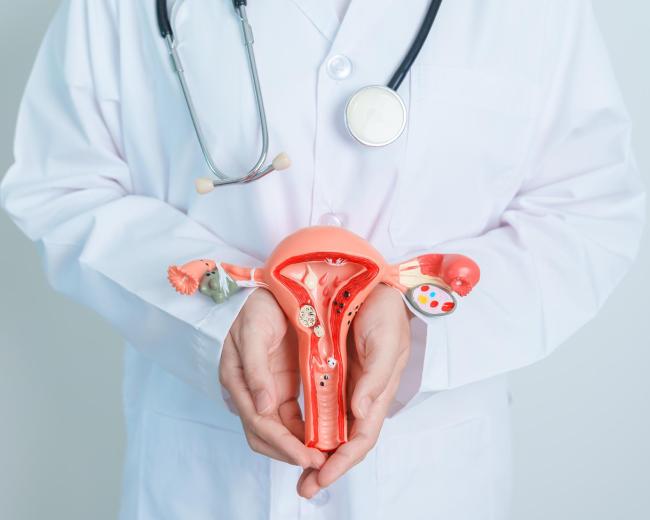
According to statistics, in recent years the number of cases of diagnosing cervical pathologies in young women (aged 15–24 years) has increased significantly. This age is considered critical for women’s health, since during this period it can be influenced by several factors predisposing to the development of diseases:
- Early onset of sexual activity
- Hormonal disruptions during the restructuring of the body in the process of growing up
- Infection with sexually transmitted diseases (for example, the papilloma virus can cause malignant neoplasms)
- Artificial termination of pregnancy
The risk of developing cervical pathologies also increases during menopause. At this time, the woman’s body reduces the production of the hormone estrogen. This leads to thinning of the mucous membrane of the vaginal part of the cervix. It is already less capable of regeneration, therefore it is more susceptible to the influence of microorganisms and bacteria.
All pathologies of the cervix are classified into background, precancerous and cancerous. Background ones have a low cancer risk.
Symptoms of cervical diseases

If you feel discomfort or nagging pain in the lower abdomen, especially during intimacy, this may be a signal of problems. Other symptoms of cervical pathologies:
- Pay attention to the highlights. If their color becomes unusual - greenish, brown or yellow, the texture becomes thicker, and the smell is strong, you should consult a doctor
- Unusual bleeding. Blood outside the cycle or after intimacy is an alarming signal, even if such cases are rare
- Itching and burning in the vaginal area
- Cycle failures. Long delays or too heavy menstruation
- Enlarged lymph nodes. If you notice that the lymph nodes in the groin have become enlarged, this may indicate inflammation or infection
- Lower back pain. Regular or increasing pain in this area may be associated with pathologies of the pelvic organs
- Feeling of pressure or heaviness. A constant feeling of discomfort in the lower abdomen may be a sign of pathology
In addition, general fatigue, weakness and fever are possible signs of pathologies.
Table: Symptoms of cervical pathologies
|
Sign |
How pathology manifests itself |
How common |
What could it mean? |
|---|---|---|---|
|
Discomfort in the lower abdomen |
Drawing sensations, sometimes cutting pain, which intensifies with movement or during intimacy. |
Often |
Can be caused by inflammation of the uterus or its appendages, as well as infection. |
|
Unusual discharge |
Thick or watery, often with a yellowish, green tint or streaks of blood. |
Continuously for pathologies |
Indicate inflammation of the uterus, endometritis or more serious bacterial changes. |
|
Bloody discharge |
Appear outside of menstruation or after intimate contact. |
Less often |
Often associated with cervical erosion, endometriosis or tumor processes. |
|
Failure of the menstrual cycle |
The cycle becomes either shorter or longer, accompanied by abnormal bleeding. |
Less often |
Indicates hormonal imbalances, inflammation or neoplasms affecting the uterus and its functions. |
|
Fever and chills |
An increase in temperature is accompanied by sweating and a feeling of cold. |
Sometimes |
Most often associated with acute inflammation, such as endometritis - inflammation of the uterine mucosa. |
General information
Treatment of cervical pathologies
Treatment is always individualized. The doctor takes into account the diagnosis, stage of the pathology, the patient’s age and her general condition. There are no universal solutions - each case requires its own approach.
Non-surgical methods for treating pathologies
For infections and inflammations, such as chlamydia, gonorrhea or vaginitis, drug therapy is prescribed.
Main groups of drugs:
- Antibiotics help fight bacterial infections such as chlamydia and gonorrhea
- Antiviral drugs are effective against herpes or HPV
- Immunostimulants strengthen the immune system, reducing the risk of relapse
Doctors may prescribe anti-inflammatory drugs that relieve swelling, reduce pain and itching. The drugs come in the form of tablets, ointments or suppositories.
Laser therapy of pathologies
Laser therapy allows you to remove damaged cervical tissue. The laser precisely targets the affected cells, preserving healthy tissue.
How the procedure works:
- Performed under local anesthesia and takes only 10–20 minutes
- The laser simultaneously removes cells and seals small vessels, preventing bleeding
- The procedure is outpatient and virtually painless
After laser therapy, discomfort and light discharge persist for 7–10 days. Most women return to normal activities within a week. Complete tissue healing takes up to 4 weeks, so it is important to follow your doctor's recommendations.
You should avoid physical activity and heavy lifting, refrain from visiting swimming pools, baths and saunas, and also avoid sexual intercourse until the tissues have completely healed. To speed up the process, the doctor may prescribe antiseptic or healing agents.
Radio wave surgery
Radio wave surgery is a gentle treatment method that uses high-frequency radio waves to remove damaged tissue. They create heat, which both destroys abnormal cells and “seals” blood vessels, preventing bleeding.
How the procedure works:
- It is performed on an outpatient basis, without hospitalization. Local anesthesia may be used for comfort
- The procedure takes 10–30 minutes, depending on the volume of the lesion
- Radio waves are transmitted through a special electrode that does not directly touch tissue, which eliminates mechanical damage
Complete healing takes about 10–14 days. During the first 3–5 days, mild discomfort and slight discharge may occur. During the rehabilitation period (2–4 weeks), physical activity, visiting swimming pools and sexual activity should be avoided.
The method is used to treat erosions, mild and moderate dysplasia, as well as to remove benign formations such as papillomas and polyps.
Conization
Conization is an operation in which a conical section of the affected tissue is removed. The method allows you to preserve healthy areas of the cervix, removing only the changed cells.
How the procedure works:
- Performed under local or general anesthesia, depending on the scope of the intervention
- The procedure lasts 15–30 minutes
Primary healing takes 2–3 weeks. During this period, slight discharge and mild discomfort are possible. During rehabilitation (3–4 weeks), physical activity, sexual intercourse and swimming in water bodies should be avoided.
Cryodestruction
Cryodestruction is a method of removing damaged tissue using liquid nitrogen. Extremely low temperatures destroy pathological cells without damaging healthy tissue. It is performed on an outpatient basis, lasts 5–10 minutes and is practically painless. The method is suitable for the treatment of small erosions and early stages of dysplasia. It is gentle and with minimal risk of complications. Cryodestruction is not used for extensive or deep lesions, as well as for suspected malignant formations.
Hysterectomy
Removal of the uterus (hysterectomy) may be necessary in severe cases when other treatments are not possible. This is most often required for cervical cancer or life-threatening conditions. The operation helps stop the spread of the tumor, but eliminates the possibility of pregnancy.

This award is given to clinics with the highest ratings according to user ratings, a large number of requests from this site, and in the absence of critical violations.

This award is given to clinics with the highest ratings according to user ratings. It means that the place is known, loved, and definitely worth visiting.

The ProDoctors portal collected 500 thousand reviews, compiled a rating of doctors based on them and awarded the best. We are proud that our doctors are among those awarded.
Make an appointment at a convenient time on the nearest date
Price
Other services

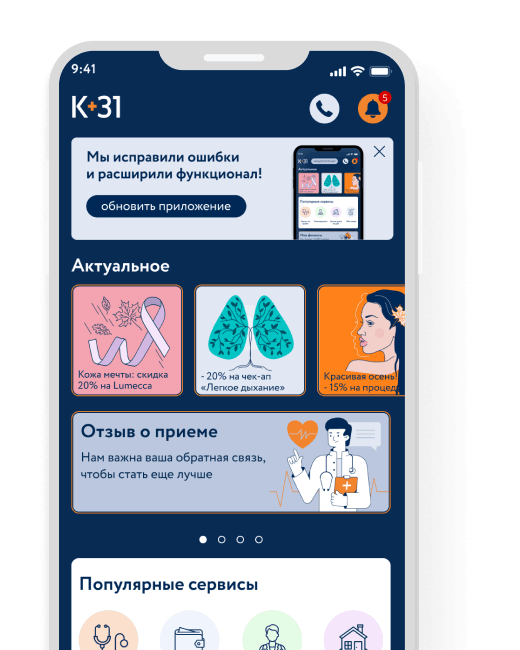
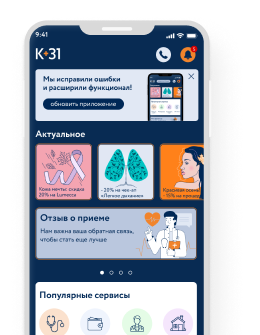


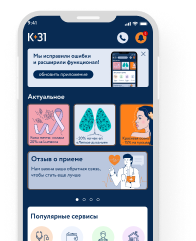


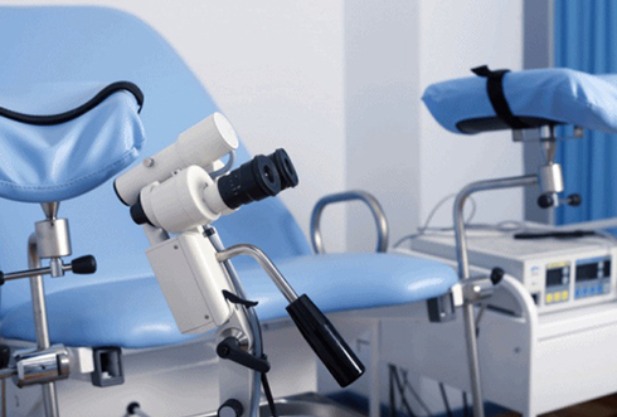


































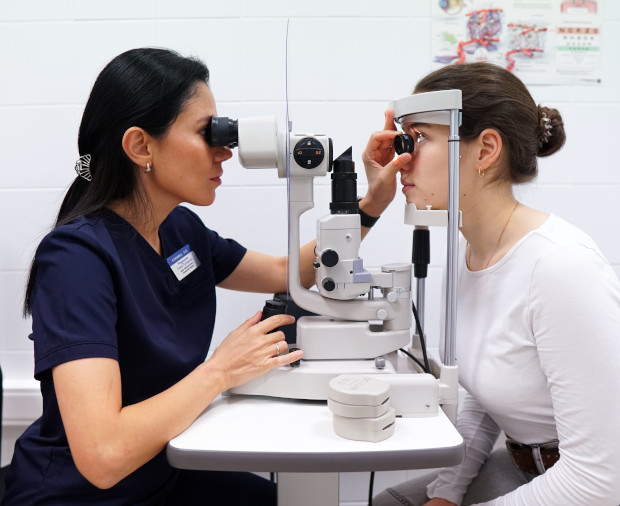


At the service
Cervical health plays a very important role in a woman's well-being. In most cases, the ability to become pregnant and bear children depends on it. In the absence of proper treatment, advanced uterine pathologies lead to the development of cancer of the reproductive organs and infertility.
Drug therapy is divided into general and local. It may include tablets, droppers, vaginal suppositories, rinses, and applications.
Pathologically altered tissues can be destroyed using a laser. When they are burned, no scars remain on the surface, and the risk of relapse is minimized.
Less common treatment is radio wave method or chemical destruction. Cryotherapy is more often used to freeze pathological cells, which leads to their death.